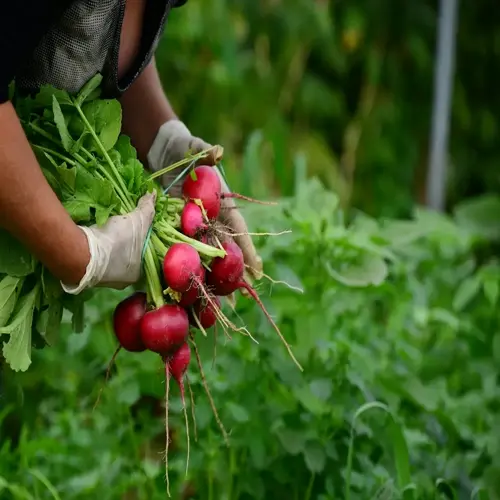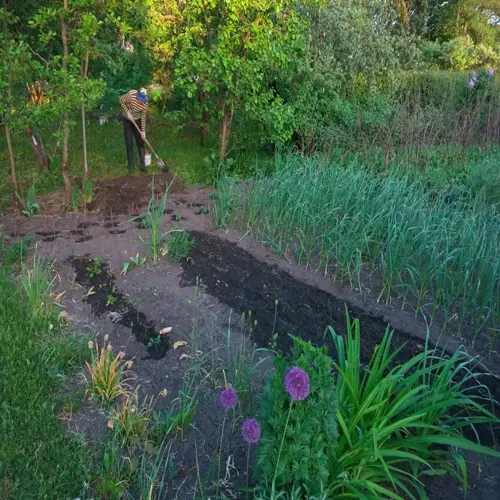Does basil need full sun or shade?

Written by
Nguyen Minh
Reviewed by
Prof. Charles Hartman, Ph.D.Sunlight affects basil's overall growth patterns and flavor levels simultaneously. This warm-weather herb requires full sun so it can produce flavor-enhancing essential oils. When this plant receives inadequate light, its overall growth becomes weak, and the aromatic quality of its leaves diminishes. The amount of sunlight received also makes the distinction between an average harvest and a fantastic harvest.
Six to eight hours of direct sunlight is the rule of thumb. Morning sunlight has the most potential for photosynthesis. Afternoon shade is necessary when temperatures rise above 90°F. Light intensity affects the development of leaves in various ways, depending on several factors. For example, full sun exposure will result in leaves that are thicker and have a higher concentration of oils.
Container Solutions
- Rotate pots daily for even light distribution
- Use reflective surfaces to boost light intensity
- Move containers to follow sun patterns seasonally
Regional Adjustments
- Desert climates: provide 30% afternoon shade
- Northern zones: maximize southern exposure
- Coastal areas: use windbreaks to prevent light scattering
Indoor Optimization
- South-facing windows minimum requirement
- Supplement with full-spectrum grow lights 12 hours daily
- Keep lights 4-6 inches above plant canopy
When light is inadequate, distinct symptoms arise. Plants reach for the light source. Stems elongate and become thin and weak. The spacing between leaves stretches and grows dramatically. This leggy growth reduces harvestable yield. Proper light placement can reverse these symptoms in a matter of weeks.
Observe plants for signs of stress caused by excessive light. Sunburnt leaves have brown edges, and plants lacking shade will turn yellow at the bottom. Move the plant ideally as soon as symptoms are visible. Your basil plant will respond quickly once it has ideal lighting conditions.
Adjustments of light exposure based on the seasons are mandatory. Summer requires providing shade on extremely hot days; spring and fall are when sunlight can be maximized; winter focuses on introducing supplemental lighting. This awareness of seasonal changes enables sustained growth year-round, where possible.
Read the full article: When to Plant Basil for Best Results

